What is Drought-Resistant Landscaping?
In a world where water conservation is becoming increasingly crucial, drought-resistant landscaping pops up as a signal of sustainability. But what exactly is it? Drought-resistant landscaping, also known as xeriscaping, is a design approach that focuses on water conservation without compromising on a vibrant, water-efficient garden. It’s not just about saving water; it’s about cultivating a resilient, attractive landscape that can face the challenges of a changing climate.
Now, let’s explore 15 inspiring drought tolerant landscape design ideas that will not only save water but also add a touch of natural elegance to your outdoor space.
Succulents:
Integrate a variety of succulents like aloe vera, agave and sedum for a low-maintenance, water-wise garden. Their unique shapes and vibrant hues create a stunning desert-inspired texture.
Rock Gardens:
Arrange rocks of different sizes among drought-tolerant plants to create a visually striking rock garden. Rocks absorb heat during the day and release it at night, providing a stable environment for your plants while minimizing water needs.
Mulch Magic:
Spread a layer of mulch around your plants to lock in moisture and reduce evaporation. This simple technique helps retain soil moisture, keeping your plants hydrated and healthy. Use organic mulches like wood chips or straw to enhance the aesthetic appeal.
Native Plants:
Choose native plants adapted to your region’s climate. They have evolved to thrive in specific conditions, making them well-suited for your local environment while requiring minimal watering.
Permeable Pathways:
Choose permeable materials like gravel or permeable pavers for paths and driveways to allow rainwater to seep into the soil rather than run off. This helps recharge groundwater levels.
Match plants to Climate:
Decide on plant trees that are well-adapted to drought conditions, such as olive, mesquite or eucalyptus. Their deep roots help them access water even during dry spells.
Group Plants by Water Needs:
Create water-efficient zones by grouping plants with similar water requirements together. This ensures that each area gets the right amount of water without overdoing it.
Rain Barrels:
Collect rainwater in barrels and use it to water your plants. Rainwater is pure, free, and lacks the chemicals found in tap water, making it an excellent natural resource for your garden. This harvested water can be used during drier periods, reducing your dependence on traditional water sources.
Smart Irrigation Systems:
Install drip irrigation or soaker hoses to deliver water directly to the base of plants, minimizing evaporation and waste. Smart irrigation controllers can also adjust watering schedules based on weather conditions.
Colorful Gravel Gardens:
Design gardens using colorful gravel in place of traditional lawns. This not only adds a visually appealing texture but also reduces the need for constant watering.
Herb Heaven:
Cultivate a herb garden with drought-resistant herbs like rosemary, lavender and thyme. They are aromatic and they also require less water than many other garden plants.
Vertical Gardening:
Explore vertical gardening to maximize space and reduce water usage. Vertical structures with pockets for plants can be both functional and visually striking. You can use trellises, hanging gardens or wall-mounted planters.
Windbreaks and Shade:
Plant windbreaks, like hedges or shrubs, to protect your garden from drying winds. This simple technique minimizes water evaporation and shields plants from the harsh effects of strong breezes.
Terracotta Pots:
Choose terracotta pots for your container plants. These porous pots allow air and moisture to pass through, creating a healthier environment for your plants.
Raised Beds:
Create raised beds for your plants. Elevating your garden not only adds visual interest but also improves drainage, preventing waterlogging and promoting healthy root systems.
What are the best drought tolerant plants?
Lavender (Lavandula spp.):
Lavender is a fragrant and visually stunning herb known for its slender, aromatic spikes of purple flowers. Its narrow, silvery-green leaves add an elegant touch to any garden. Lavender is not only drought-tolerant but also attracts pollinators like bees and butterflies. It thrives in well-drained soil and enjoys plenty of sunlight. Its deep roots allow it to access water from lower soil levels.
Rosemary (Rosmarinus officinalis):
Rosemary is a fragrant herb with needle-like leaves and small, blue to white flowers. Beyond its culinary uses, rosemary adds a delightful aroma to the garden and is often used as a shrub or ground cover. Rosemary is exceptionally drought-tolerant and thrives in well-drained soil. Its deep-rooted system allows it to access water efficiently, making it a resilient choice for landscapes with water conservation in mind.
Agave (Agave spp.):
Agaves are succulent plants with striking rosettes of thick, spiky leaves. They come in various shapes and sizes from small and compact to large and architectural. The Agave’s unique appearance makes it a focal point in any drought-resistant landscape. Agaves are adapted to arid environments and store water in their thick leaves, allowing them to endure extended periods of drought without compromising their structural integrity.
Sedum (Sedum spp.):
Sedums, also known as stonecrops, are low-growing succulents with fleshy leaves that store water, making them highly drought-tolerant. These plants come in various shapes, sizes, and colors, offering versatility in garden design. Sedums often bloom with clusters of star-shaped flowers in shades of pink, red, or yellow, attracting butterflies. They thrive in well-drained soil and are an excellent choice for rock gardens or as ground cover.
Russian Sage (Perovskia atriplicifolia):
Russian Sage is a perennial with feathery, silver-gray foliage and tall spikes of tiny, lavender-blue flowers. This plant not only adds a soft, ethereal quality to the garden but is also remarkably drought-resistant. It thrives in full sunlight and well-drained soil, making it an excellent choice for water-wise landscaping. Russian Sage is known for its ability to attract bees and butterflies.
Yucca (Yucca spp.):
Yuccas are iconic desert plants with spiky rosettes of sword-like leaves. These hardy succulents are well-adapted to arid environments and require little water to thrive. Yuccas often produce tall flower spikes with bell-shaped white or cream-colored flowers. They add a sculptural element to the landscape and are well-suited for gardens with a southwestern or arid theme.
Greening the Future
Creating a drought-tolerant landscape is not just a trend; it’s a commitment to a sustainable and vibrant future. By implementing these 15 simple yet effective ideas, you can transform your outdoor space into a heaven of beauty that conserves water and supports the environment.
So, what are you waiting for? Join the green revolution, take a step towards a water-wise world, and transform your landscape into a resilient haven that not only survives drought but embraces it with style. Your garden, your planet— Let’s grow together!
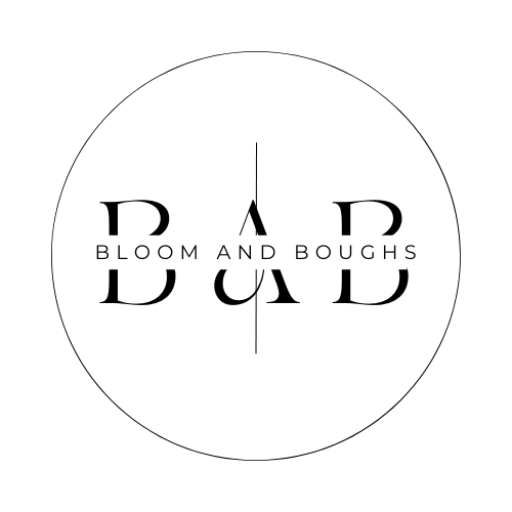
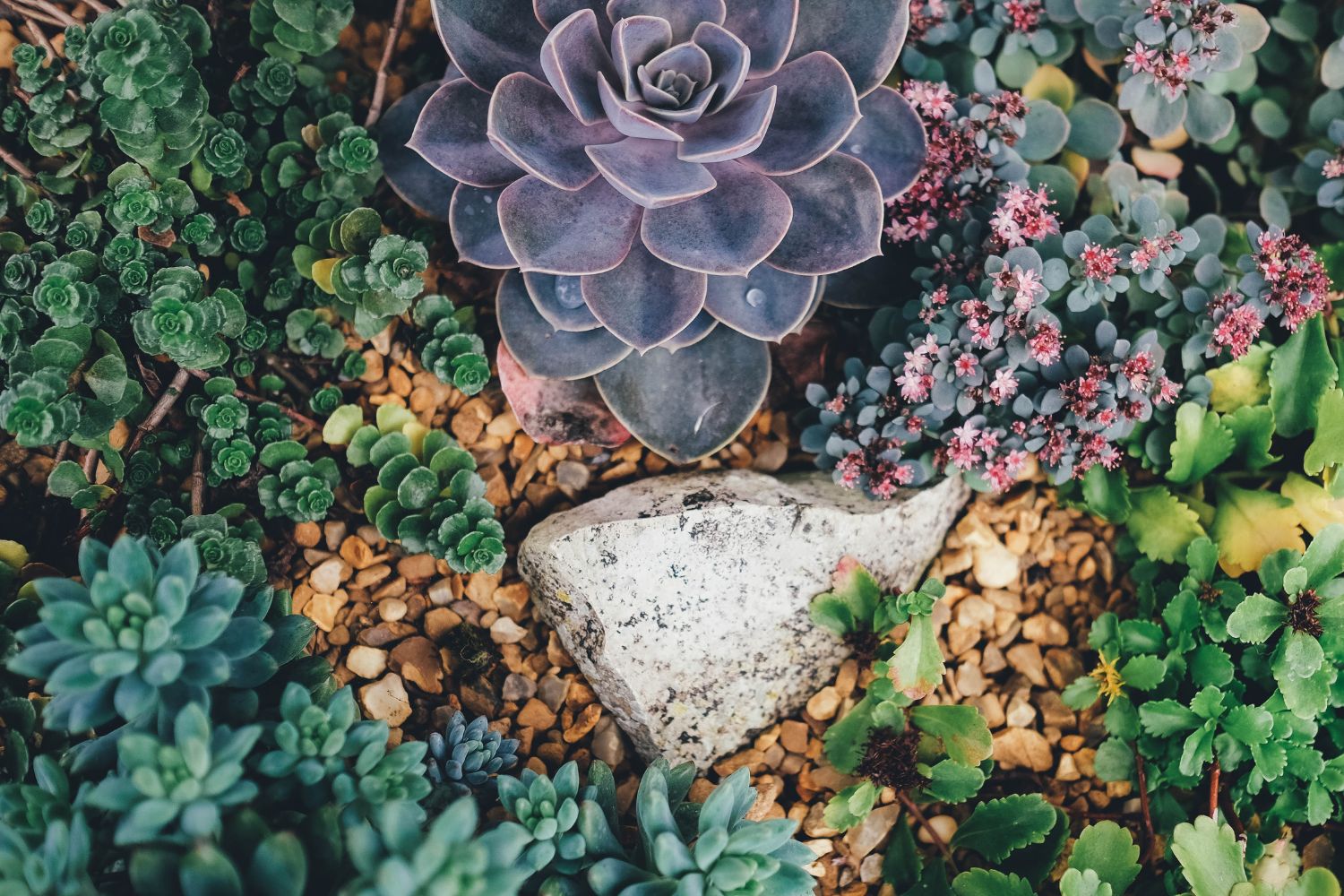
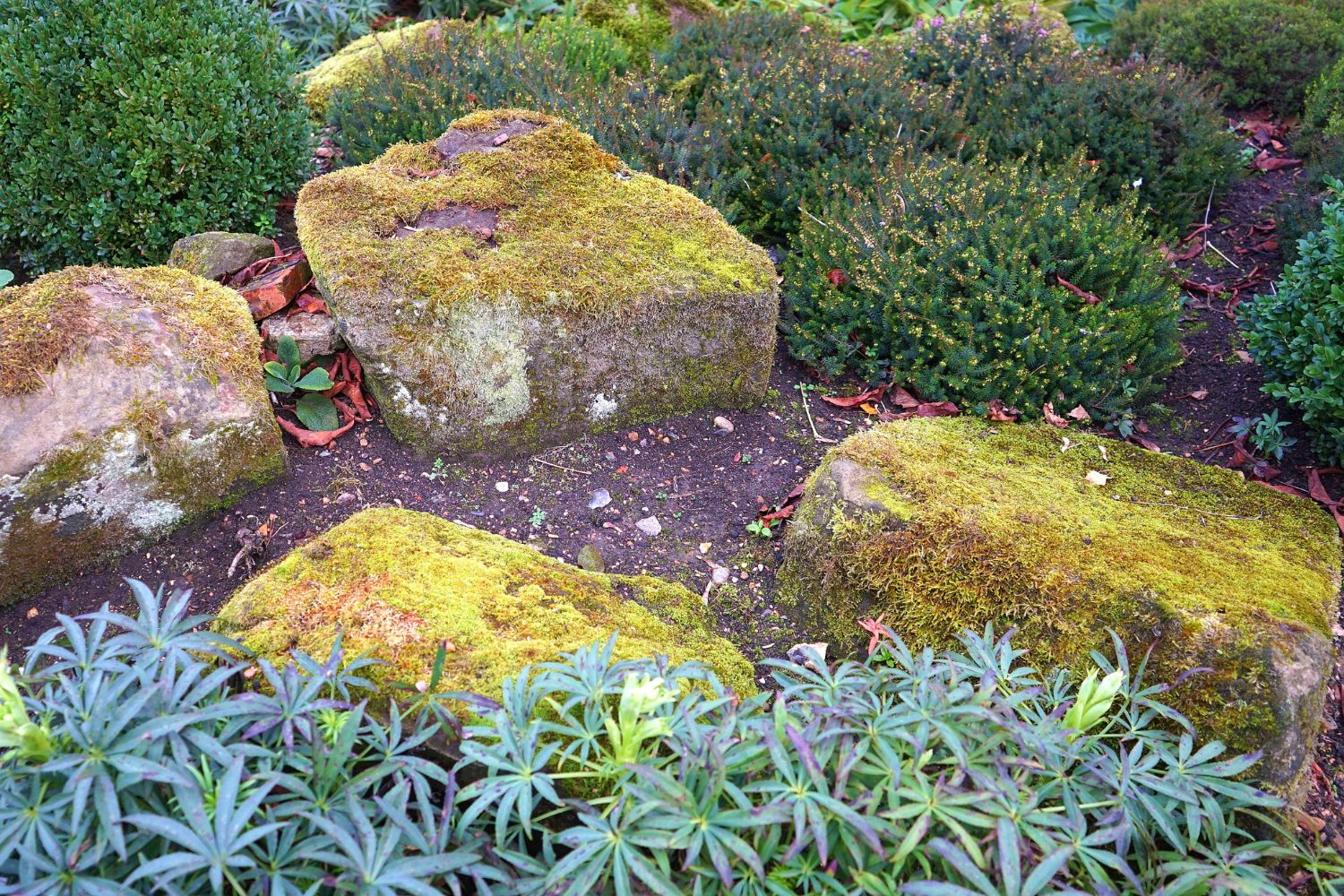

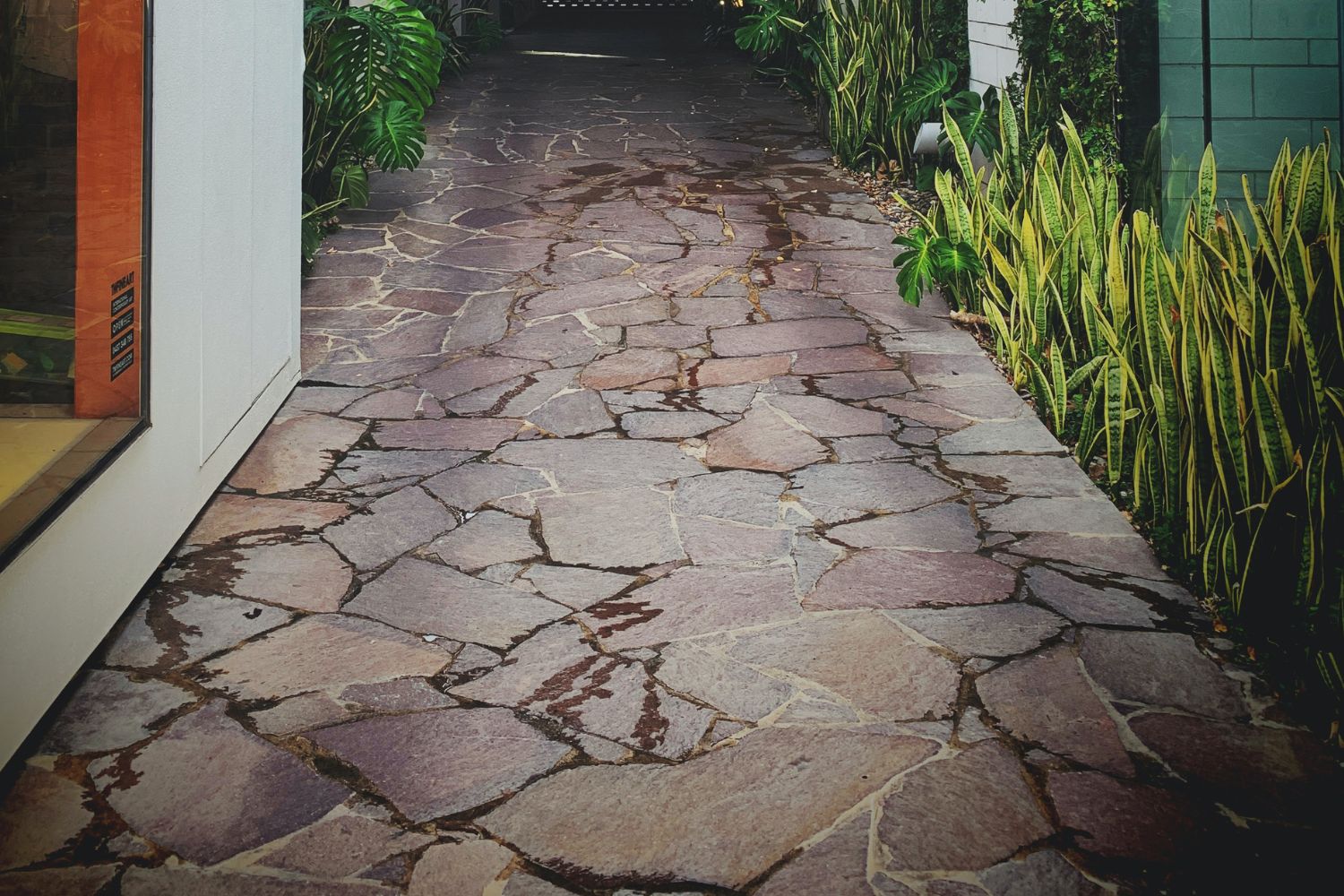

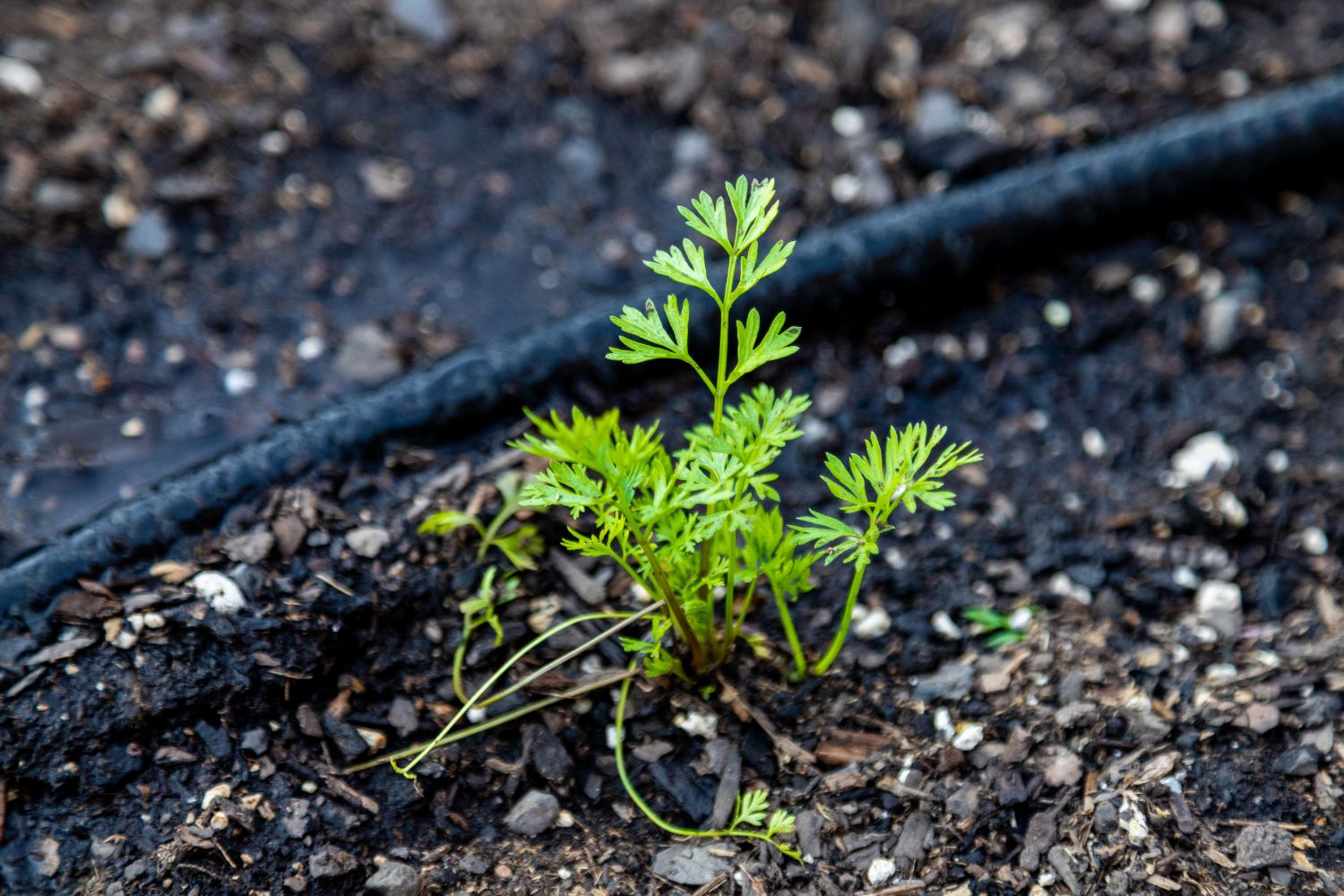

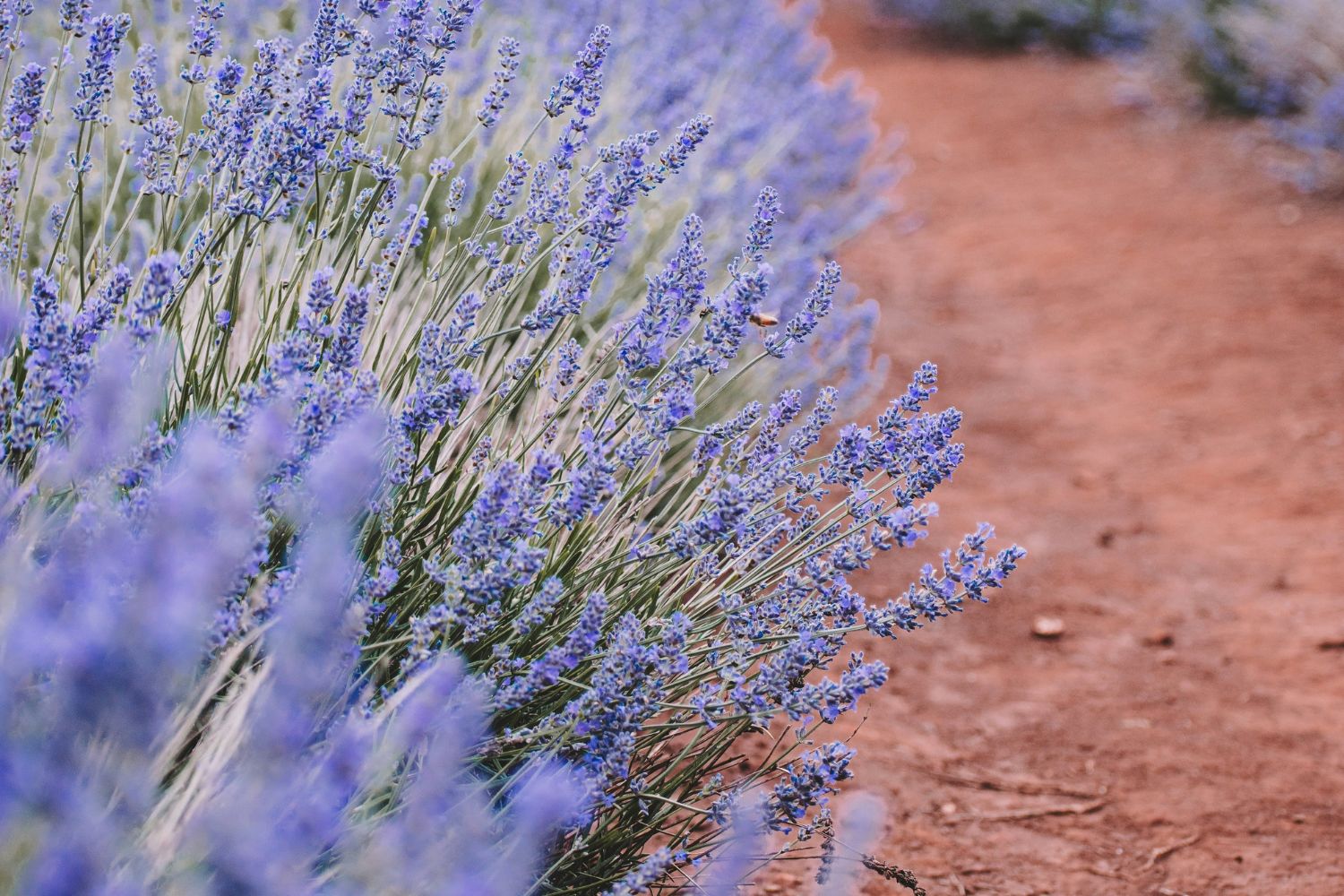




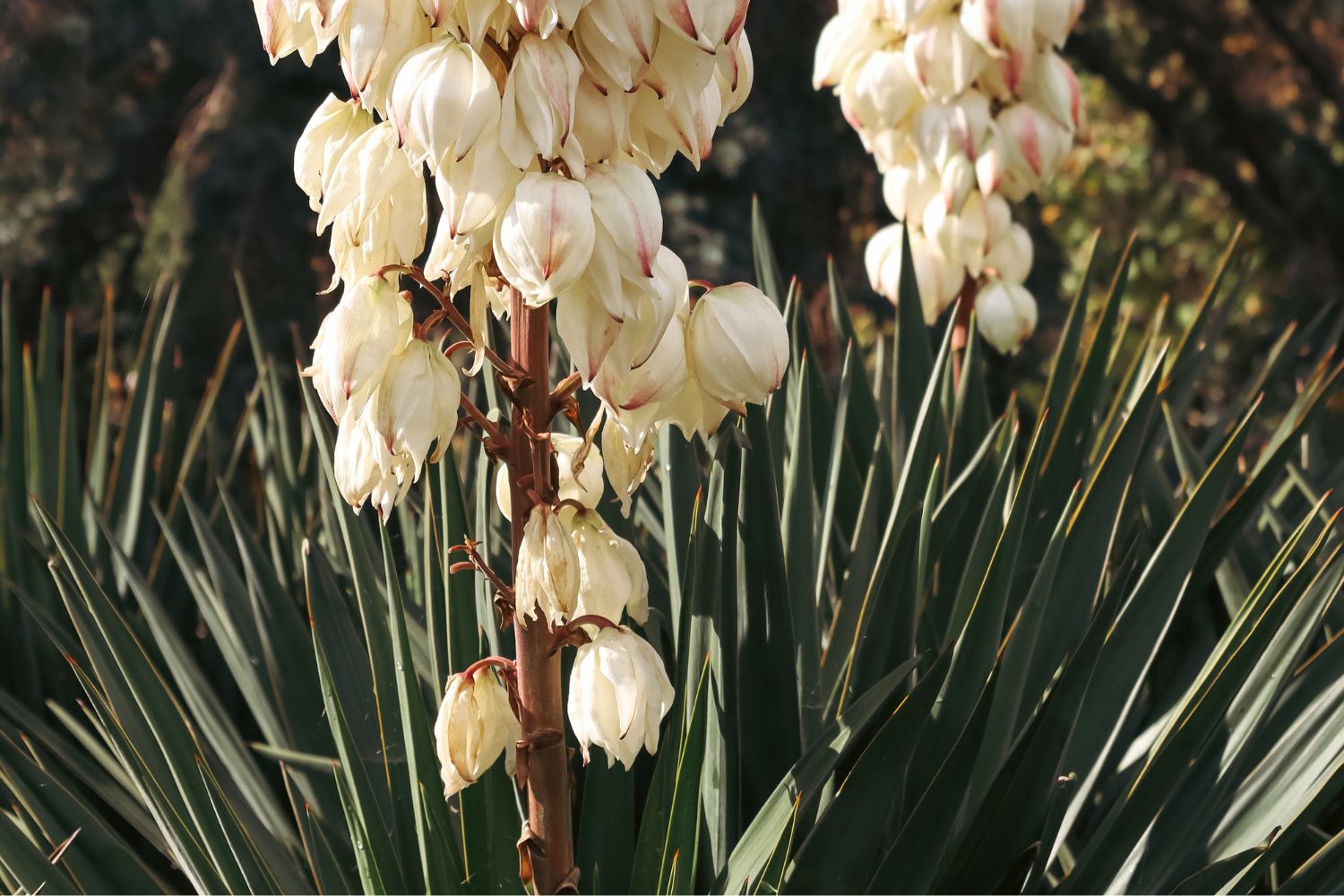

0 Comments